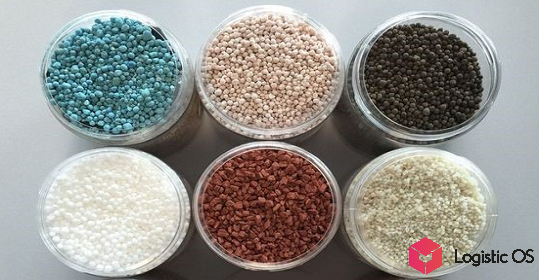Foreign and Russian analysts agree that the grain harvest in the Russian Federation this year will be significantly lower than last year.
The US Department of Agriculture has changed its forecast for the grain harvest in Russia downwards.
According to the updated forecast, Russian farmers will be able to harvest about 82 million tons of wheat this season. This is 1 million less than in the previous forecast.
At the same time, the export figure is planned at the previous level — 48 million tons. Carry-over stocks have even been increased from 6.7 million tons to 7.2 million tons.
By the way, this figure is significantly lower than a year ago, when it was 11.7 million tons.
Considering that domestic consumption in the country has remained virtually unchanged, this may mean that Russia has managed to solve its export problems this year and unload its warehouses.
The reduction in forecasts concerns not only wheat, but also a number of other crops. For example, the forecast for corn has been reduced from 13.5 to 13 million tons, barley — from 20 million tons to 17.5 million tons.
Analysts at the SovEcon center also believe that the grain harvest in Russia this year will decrease compared to the previous forecast.
At the moment, the forecast has been reduced from 124.4 million tons to 122.9 million tons.
It is noteworthy that if the actual figures turn out to be close to this, then this will be one of the worst results since 2021, when the Russian Federation managed to harvest 121.3 million tons of grain.
One of the reasons for the decline in grain harvest may be a reduction in yields in several Siberian regions, experts say.
However, according to a number of experts, the decline in harvest should not greatly affect export volumes.
«Considering the high technology of our agricultural producers, we expect a decent harvest by the end of the year, which will allow us to fully supply the domestic market and maintain a high export potential for both raw materials and processed products,» Deputy Prime Minister Dmitry Patrushev noted recently.
In particular, it is planned that grain shipments abroad may amount to about 50 million tons, of which about 47 million tons may be wheat.
As for corn, for example, even with high production, its exports would hardly be large, according to analysts.
It is significantly hindered by both the high export duty, which is practically prohibitive, and the established high prices for corn within the country, which motivate producers to sell their products mainly to Russian companies.
At the same time, there is reason to believe that the duty may be reduced in the foreseeable future.

